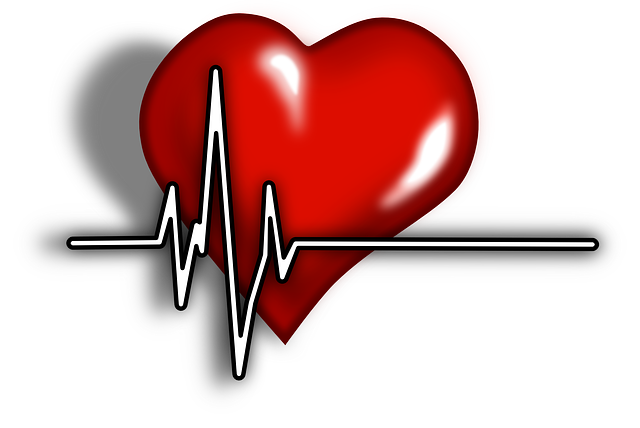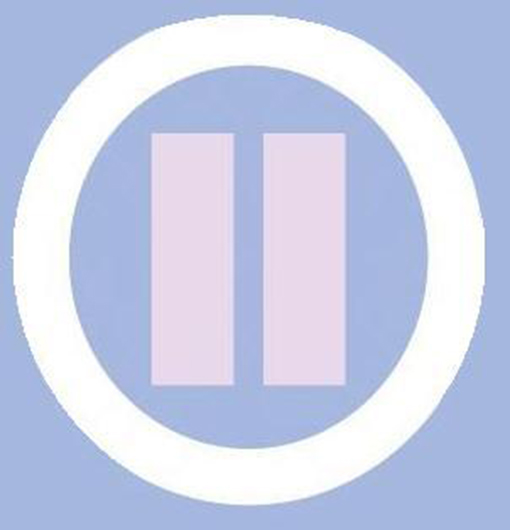Contrary to popular belief heart disease-not cancer-is the leading cause of death in the United States. Another common misconception is that heart attacks, the quintessential symptom of heart disease, present the same way in all people. The “classic” heart attack symptom of crushing chest pain that radiates down your left arm isn’t necessarily how a heart attack presents, especially in women.
A recent study published in the Journal of the American Medical Association (JAMA) further supports this finding. They report that more women presented without chest pain during a heart attack than men. Simply put, just because you don’t feel chest pain doesn’t mean you aren’t having a heart attack.
Although I advocate taking steps to optimize health and wellness via healthy lifestyles and other preventive measures, I also educate about the importance of self-care and health literacy. Knowing the signs your body gives when something’s not working well-and responding appropriately- falls under these categories.
A new campaign from the U.S. Department of Health and Human Services’ Office on Women’s Health strives to help women learn how heart attacks often present. The “Make the Call. Don’t Miss a Beat” campaign highlights seven common heart attack symptoms:
Heart Attack Symptoms
1) Chest pain or discomfort
2) Unusual upper body discomfort
3) Shortness of breath
4) Breaking out in a cold sweat
5) Unusual or unexplained fatigue (tiredness)
6) Light headedness or sudden dizziness
7) Nausea
If you experience one or more of these symptoms call 911 immediately. Hopefully you’ll never need to apply this knowledge, but if you do it could help save your life.
Be well,
Dr. Donna
- 10 Quick, Easy Holiday Self-Care Tips - December 15, 2017
- Health Benefits of Kindness and Compassion - June 3, 2017
- Why Self-Care is Good for Your Health - May 10, 2017






